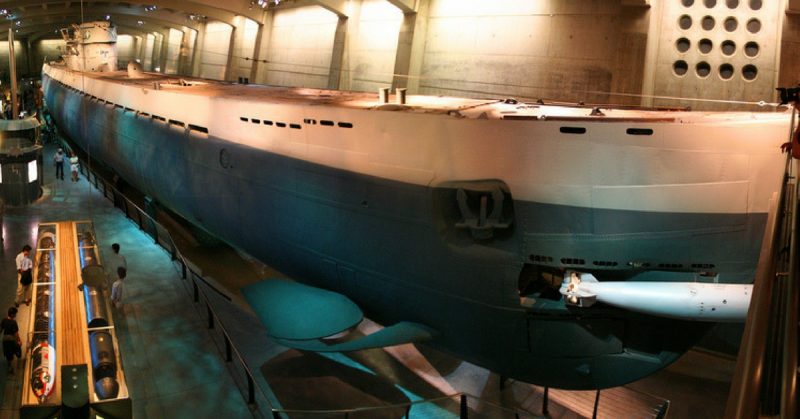Throughout WWII, U-boats were the greatest threat to Allied ships in the Atlantic and Mediterranean. In November 1942, however, when American forces made seaborne landings in North Africa, U-boats made barely any difference.
What part did they play and why was it not greater?
Dodging the Threat
Allied planners knew that U-boats would be a significant threat to their operation. Dozens of ships were carrying thousands of troops from the USA and Britain. A torpedo strike on one of those ships could cost thousands of lives and severely hamper one of the most important operations of the war.
The secrecy surrounding the military action helped to counter the threat. For the landings to succeed, it was essential the Germans did not know when or where the ships were going to land. It helped in avoiding U-boats as well as other forces.
As three convoys set out for North Africa, they changed course several times, throwing off potential pursuit by submarine captains. One convoy sailed past their landing area of Oran on November 7; a maneuver intended to make it look like a supply convoy heading for Malta.
The Allies launched intense anti-submarine warfare in the weeks leading up to the invasion. By the time the invasion fleets approached their landing areas, U-boat captains had good reason to keep their heads down unless there was a brilliant opportunity or a terrible threat.
Little did they know that both were sailing past.
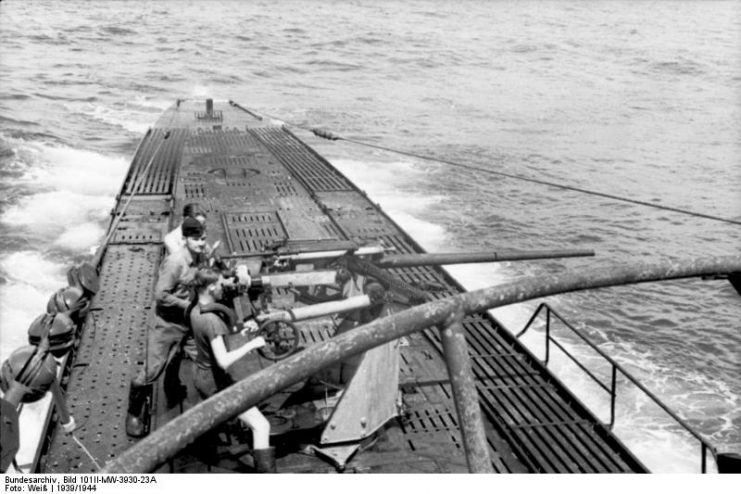
German Responses
The Germans meanwhile had been relying on faulty intelligence. As a result, not many U-boats were in the area ready to stop the convoys. The Germans slowly realized what was happening.
As the invasion approached, only seven U-boats were active in the waters off North Africa. As the convoys drew close to their landing areas, 25 more U-boats were diverted from bases in France or pursuing and harassing supply convoys in the North Atlantic.
A line of submarines was hastily assembled west of Gibraltar, to stand in the way of any convoys heading into the Mediterranean. However, two of the three invasion forces had already passed through the straits. The third was not heading for the Mediterranean, instead aiming for the Atlantic coast of French Morocco.
There were 18 U-boats in the Mediterranean. Their commander assembled them against the invasion force, but he misjudged the Americans plans. He sent his boats to stop a landing at Bougie Bay, 100 miles east of the easternmost invasion spot at Algiers.
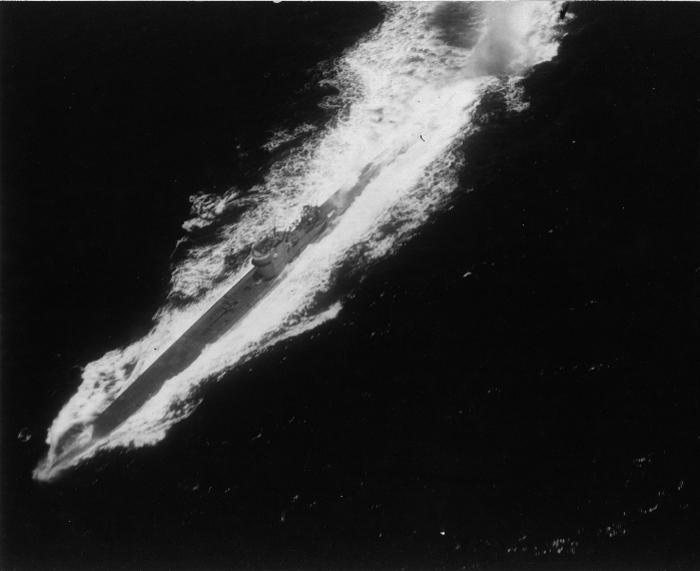
The Thomas Stone
Despite everything, one ship from the convoy may have been hit by a U-boat.
Of all the ships on the way to Algiers, the USS Thomas Stone was one of the best equipped. It carried 1,400 soldiers and their landing craft. On the morning of November 7, the day before the landings, it was shaken by two explosions beneath the water line. The attack did not sink the Thomas Stone, but it left the ship dead in the water 155 miles from its target.
Instructions to the convoy were clear. In such circumstances, the damaged vessel was to be left behind. Nothing was to hinder the landings.
Knowing his men could be invaluable in the landings, the commander of the assault troops had them board their landing craft and head for the coast. The little vessels, however, were not suitable for the journey. They took on water and began sinking. The troops had to be rescued by a British corvette, which got them safely to the coast, although too late for the initial landings.
It is uncertain whether the Thomas Stone was hit by a U-boat or by a plane carrying torpedoes. Either way, it showed how much damage a coordinated U-boat strike could have done.
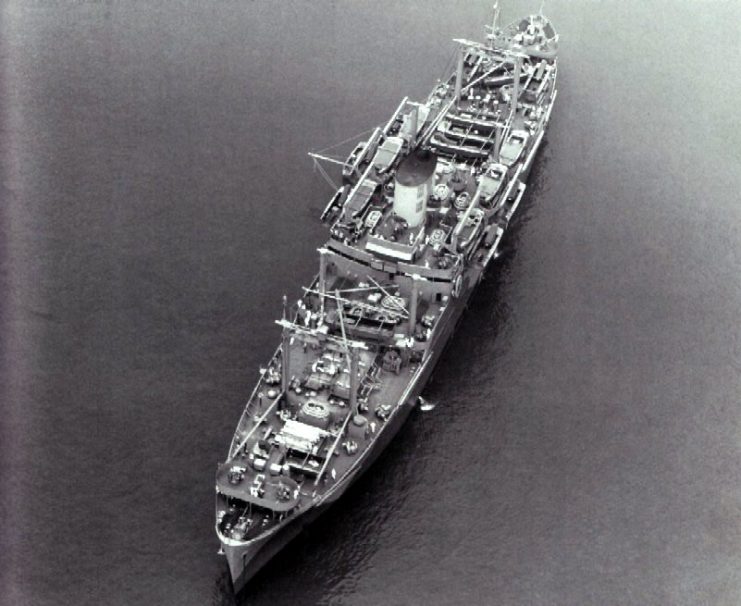
Attacks in the West
Other than the Thomas Stone, the ships in the Mediterranean landed their troops without trouble from U-boats. For the force on the Atlantic coast, it was a different matter.
On the evening of November 7, the convoy lay off the coast waiting to make its landings. The ships had moved at 14 knots as they crossed the Atlantic, making a U-boat attack difficult. While waiting, they were a perfect target. Sure enough, lookouts aboard the USS Ranger saw a torpedo wake cross their bow, a sure sign of U-boats in the area.
On the 8th, troops poured ashore. While the landings had begun, it did not mean the ships were safe. They were providing supplies and air support. They had to stay in place as the U-boats closed in.
On the morning of the 10th, the U-boats launched a three-and-a-half-hour assault against the aircraft carrier group and the ships protecting it. Due to quick maneuvering, no ships were sunk.
Next, the U-boats closed in on the transport ships that were delivering supplies. U-173, commanded by Hans-Adolph Schweichel, slipped through the destroyer screen and attacked. It sank the Joseph Hewes, a transport ship, and damaged both the tanker Winooski and the destroyer USS Hambleton.
Two days later, U-130 under Ernst Kals managed a similar feat, sliding inside the Allied minefield through shallow water. The U-130 sank three transport ships. 115 men died while landing craft hurried to rescue the 1,500 others on board.
Both U-boats got away. The U-173 followed up its success by disabling the USS Electra on the 15th.
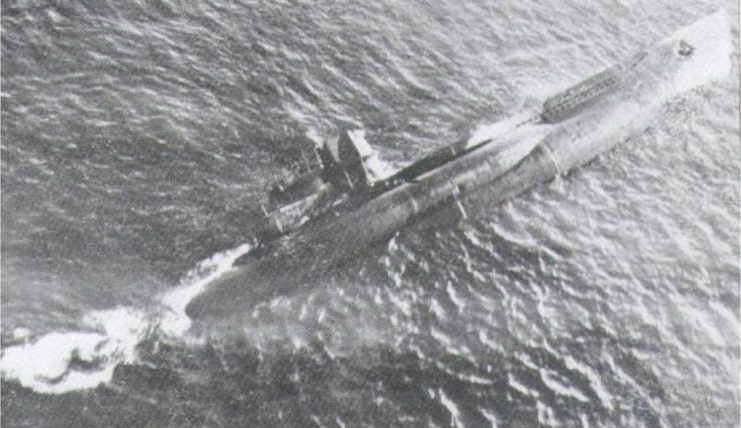
Proper Planning and Preparation
The devastation wrought by just two U-boats off Morocco proved why avoiding the rest had been so critical. Careful Allied planning and false intelligence had given their convoys safe routes to their landing areas and left the U-boats in the wrong place.
A terrible threat had been avoided, allowing American ground troops to reach their objective safely.
Source:
Orr Kelly (2002), Meeting the Fox: The Allied Invasion of Africa, from Operation Torch to Kasserine Pass to Victory in Tunisia
